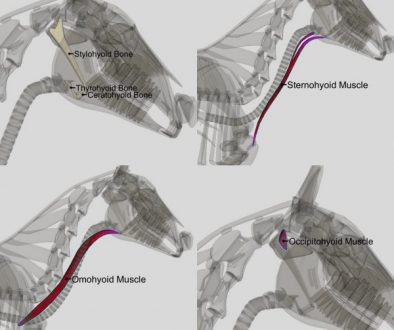Balanced Seat within the Movement
Balance (and therefore body awareness) is the key to training and without balance, the horse can’t perform.
So that all your ingredients (refer to my other posts on this work – ‘Hitting the Jackpot’ and ‘Upper Lower Body Part Coordination’) come together into the final result, you need to invest time and patience to develop an integrated seat, from co-ordination of the upper and lower body, combined with soft hands.
As well as working on your equine partner to achieve the same sort of results, better balance also leads the horse to being able to perform specific fundamental exercises.
- Horse and human both have to sometimes make up for their ‘imperfections’ and work on their coordination, strength, timing and core stability.
- Staying grounded in a relaxed confident manner- physically and mentally.
- Get minimum effort and maximum results by being aware of your body, slow down, feel, regroup and adjust.
- It is an ongoing process and it doesn’t matter how long you ride, you constantly work on it …and there are literally hundreds of light bulb moments.
We’ve all experienced that Aha moment when you think, ooohhh this is what they talk about….or now I understand the difference, all of a sudden it becomes effortless and fun.
In the integrated seat, motion comes into play.
You want to be looking for balance, core strength, stability, being centred and supple, all at the same time, while you also adjust tempo and regularity in the gait, left to right balance- as well as back to front….while removing blockages – easy right?!

My Tips:
Work as evenly as possible.
Try not to overload one side, placing strain on the other side.
You are constantly aligning yourself on your horse while maintaining an even flow of movement.
With supple hips and pelvis, all your body parts should work independently and yet as one in harmony, complementing each other. This is the goal!
Seek coordination and timing.
Here all your slow, steady work starts to flow into each other and all the movement patterns start to work as a unit. This is your ‘payoff’.
A little lift of your hips, a rotation in your upper body, while stepping in one stirrup keeping your horse upright, while balancing the thigh and giving it direction.
All this without interfering and staying ahead of the horse’s hips.
You feel the horse breath and soften underneath you in a flowing movement.
The more the movement expands in extension, the more supple the rider has to become, while maintaining their poise.
Similarly, the more the horse starts to lift and collect, the more the rider has to adjust, lighten and release in time.
The less you see, the more effortless it looks- the more the pair work in real harmony.
The amazing benefit when you start to ride in a more relaxed soft manner, is your horse starts to shine and it develops a rounder outline and it’s posture also starts to change.

the horse to stay balanced, centred and light.
You will then see the locked up poll and swollen glands in the gullet go down, the ridged lines in the muscles start to disappear, the gait looks smoother with less tension, fewer stumbles, trips, and hiccups.
Then the back unlocks and the horse starts to swing.
You have fewer injuries and less wear and tear on your horse and yourself.
If you ride a rigid and stiff horse, you would have to continuously push it along, so horse and rider would be exhausted at the end of the session.
But when you take your time and slowly loosen up your horse and work on your horse’s alignment, the horse will respond becoming soft and pliable.
The whole quality of movement improves and the ride finishes on a softer note for you both.
Still, most riders and horses have a better side.
It is amazing how often your horse just ‘casually suggests’ you just might want to move in this direction … nevertheless, persevere! The results are the horse becomes happier and more playful.
One of the nicest things a student can say is “My horse is happy to go in the arena and has content look on its face” … that’s priceless and worth ALL the effort!



